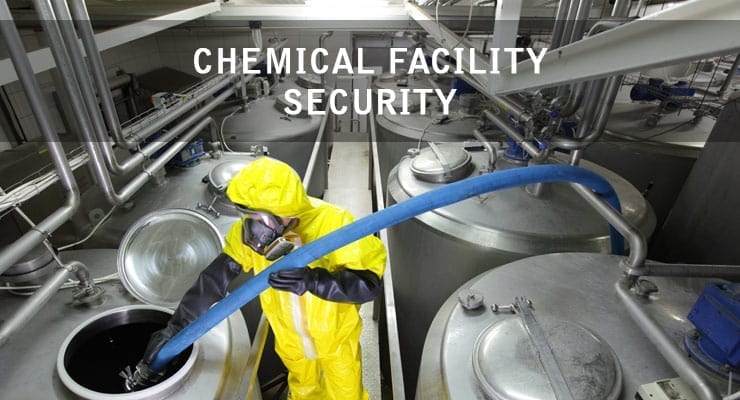The Securing Chemical Facilities from Terrorist Attacks Act of 2014 (CFATS) governs the security at covered chemical facilities that have been determined by the Department of Homeland Security (DHS) to be at high risk for terrorist attack.
CFATS represents a national-level effort to minimize terrorism risk to such facilities. Its design and implementation balance maintaining economic vitality with securing facilities and their surrounding communities.
The regulations were designed, in collaboration with the private sector and other stakeholders, to take advantage of protective measures already in place and to allow facilities to employ a wide range of tailored measures to satisfy the regulations’ Risk-Based Performance Standards (RBPS).
DHS collects the core regulatory data necessary to implement CFATS through the Chemical Security Assessment Tool (CSAT). Any facility that manufactures, uses, stores, or distributes certain chemicals above a specified quantity must complete and submit a Chemical Security Assessment Tool (CSAT) Top-Screen.
In 2007, DHS estimated that 2,500 respondents would submit a CSAT Top-Screen annually. According to a new DHS document, there were 2,574 respondents in total from 2012-2014, for an annual average of 858 respondents.
A respondent that has submitted a Top-Screen may or may not be determined by the Department to present a high level of security risk. Only respondents that present a high level of security risk are required to keep records mandated by CFATS.
For those that are required to keep such records, DHS estimates (based on several assumptions detailed in the notice) that the total annual burden cost for the Top-Screen instrument is on average $15,623,400.
Read the full report at the Federal Register, Document No. 2015-29457.



